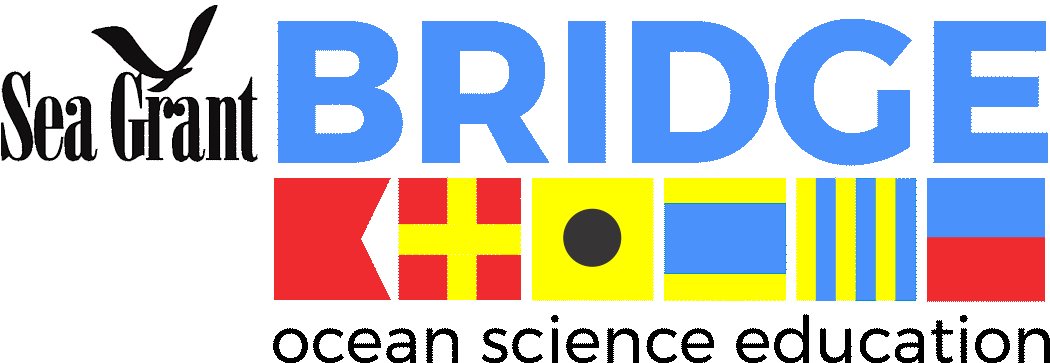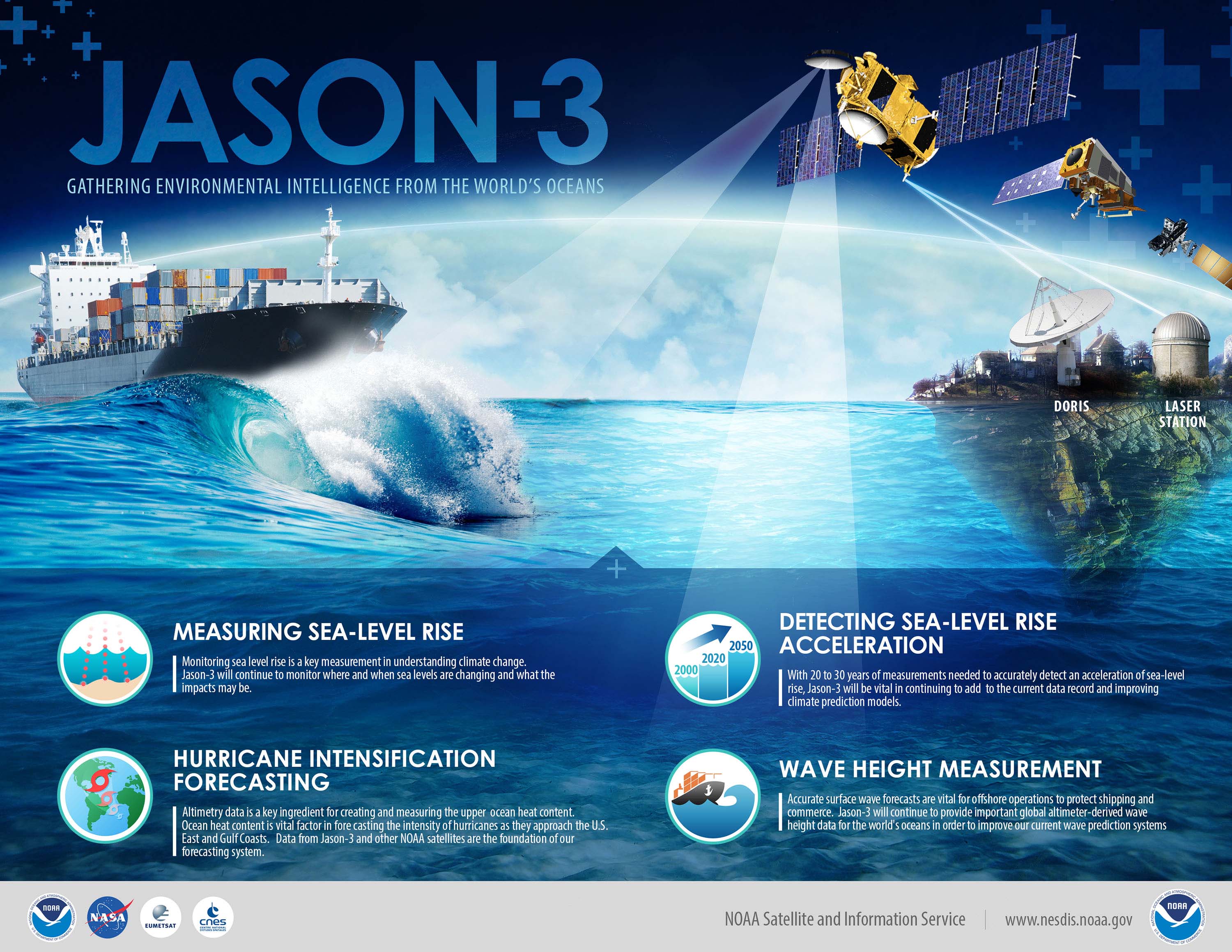Background Information
Page 1 of 19
National Data Buoy Center (NDBC)
Obtain real-time and archived data from data buoys, weather stations, and oil rigs all over the globe. This is an excellent resource for students, teachers, scientists, and the general public. The data are easy to access and manipulate for hundreds of stations world-wide. The Science Education page features frequently asked questions answered with graphs, maps, and real data. The site also provides background information on ocean observing systems including buoys, satellites, floats, and more.
Grade Level: High school, Graduate or professional
Khaled bin Sultan Living Oceans Foundation
The Khaled bin Sultan Living Oceans Foundation is a US-based nonprofit organization that protects and restores ocean health through research, education, and outreach. For the past five years, the Foundation circumnavigated the globe on the Global Reef Expedition, the largest coral reef survey and mapping expedition in history. Follow the Expedition online, with access to hundreds of blogs, photos, field reports, and scientific articles. Are you interested in learning more about coral reefs? Discover a comprehensive digital Coral Reef Ecology Curriculum, which includes background information, lesson plans, interactive exercises, graphics, photos, videos, worksheets, and quizzes.
Grade Level: Grade Level: Middle school, High school, Undergraduate lower division, Undergraduate upper division, Graduate or professional
Pacific Ocean Shelf Tracking Project
POST is an ambitious project geared towards building a permanent array of listening lines along the Pacific Ocean continental shelf in order to monitor the movement of marine animals. By tracking migration paths and measuring survival, POST will allow scientists to solve the mystery of what happens to animals as they move throughout the ocean. Site contains a wealth of background information on animal tracking, data, publications, video and more.
Grade Level: High school, Undergraduate lower division
Mar-Eco
A component of the Census of Marine Life, Mar-Eco is an international research effort to identify and investigate the animals that live in the northern mid-Atlantic Ocean. Find information about the research activities, read cruise journals, and view images and video from the cruises. The "Backgrounders" section is a library of short articles on the history, biology, physics, geology, chemistry, technology and cruises of the project.
Grade Level: High school, Graduate or professional
NOAA National Marine Sanctuaries Ocean Sound and Impact of Noise Resource Collection
Explore a collection of NOAA videos, lesson plans, webinars, web stories, virtual reality, and much more. We encourage formal and informal educators and other interested people to take advantage of the robust background information and educational materials available in each topically-based collection. Sound is critical for the survival of many marine animals because it is a primary means of communication, orientation and navigation, finding food, avoiding predators, and choosing mates. As such, human activities that produce sound underwater have the potential to negatively impact animals by reducing their ability to hear prey, predators, and each other.
Grade Level: High school,Undergraduate,Graduate or professional,General public, Elementary, Middle
Ocean Surface Topography from Space (TOPEX/Poseidon Missions)
Joint US and France project, the TOPEX-Poseidon satellites continuously measures sea surface height. Oceans store and transport solar heat, helping to keep Earth's climate in balance. The overall shape of the oceans' "hills" and "valleys" is called ocean surface topography, or OST. Precise knowledge of OST is essential to predict the effects of catastrophic storms. Educational resources available for all ages and backgrounds. Outstanding animation of OTS also included.
Grade Level: Middle school, High school, General public
NOAA Oil Spill Education Resources
Though we tend to be the most familiar with the massive incidents like Deepwater Horizon, did you know that thousands of smaller oil spills occur each year, some spilling less than a barrel of oil? Oil spills, in addition to nonpoint source pollution, threaten our ocean ecosystem. Learning about pollution, as well as our role in our ecosystem, can help protect ocean habitats by improving stewardship behaviors. This collection of lesson plans, background material, and mutimedia resources from NOAA will help you bring your students up to speed on the latest in oil spill science and recovery.
Grade Level: Intermediate elementary, Middle school, High school
Virginia Sea Grant: Sea Turtle Science
This packet includes background information, quick facts, links to additional sea turtle resources, and a classroom modeling activity titled "Survivor!" that demonstrates population estimation, life history, and hatching success rates.
Grade Level: Middle school, High school
USGS: Climate and Land Use Change
Much of the constant change on Earth is in part due to natural cycles. Human activity, however, can also cause environmental changes. It covers four themes: time, change, natural cycles, and the Earth as home. Includes a two-sided color poster, teacher's instructions, and three activities. Each activity includes background material, an experiment, three lesson plans, and suggestions for further reading.
Grade Level: Intermediate elementary, Middle school
NOVA Online: Kingdom of the Seahorse
Companion web site to the NOVA program originally broadcast on April 15, 1997. Everything you wanted to know about seahorses and an interview with Amanda Vincent, seahorse biologist. Site provides background information, population threats, and species information complete with photographs. Also features links to external resources for additional information.
Grade Level: Middle school, High school
1 | 2 | 3 | 4 | 5 | 6 | 7 | 8 | 9 | 10 | 11 | 12 | 13 | 14 | 15 | 16 | 17 | 18 | 19 | Next >





